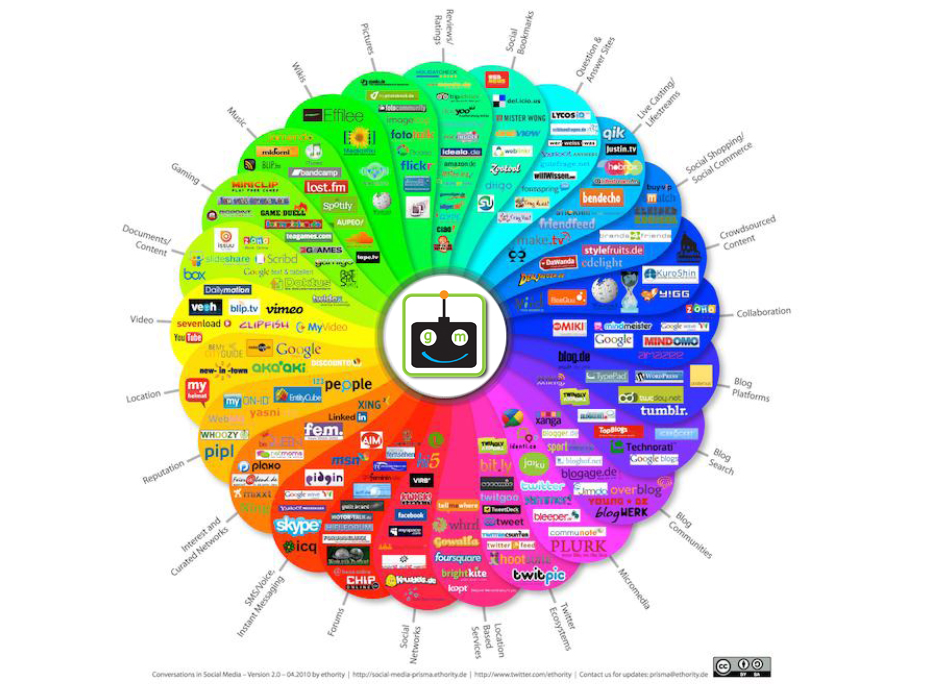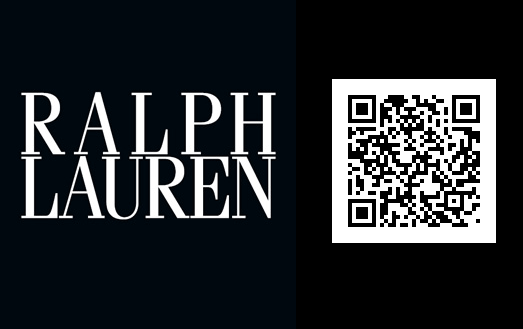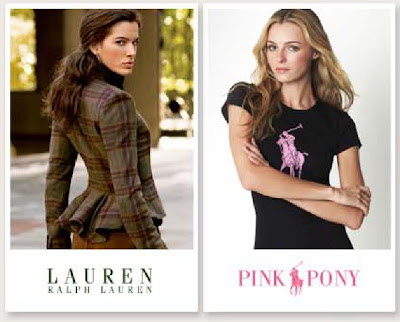What is Social Media?
The Internet is a transformative force, especially for businesses. When the World Wide Web first arrived in the late 1990s, companies were unsure if they should have a website, how to properly use them, and what content to put online. Today nearly every business of any size understands that a website is a necessity, and most can’t conceive of how they would conduct business without one. Like those early days of the web, Social Media is in its infancy. There are few standards, and less general understanding for how Social Media can and should be used to increase business. And yet, like the Web, Social Media has the ability to transform your business, increasing your sales and building trust and rapport with your clients and customers.
1. Social Media (Function):
Imagine what the future of Apple computers would have been if Steve Jobs and Steve Wozniak, after building their first computer in their garage, had simply announced over a bullhorn to their neighborhood that the future of personal computing had arrived. Would anyone have taken them seriously? They had no credibility, no track record. In fact, they were just one of thousands of computer kit builders in the United States at that time.
Instead, Apple launched their product and generated a significant following through years of organic growth through tradeshows, developer forums, outdoor concerts, and more recently selling a technology lifestyle though brilliant ads appearing on buildings, billboards, and breathtaking storefronts in malls and shopping centers across the country.
If you have ever watched the hit TV show ‘Madmen’, you can see how advertising changed the face of history in the 1960s. New promotional techniques combined with improved channels of communication altered American culture forever and expanded the possibilities for businesses to reach their customers. Branding was born.
Social Media is a new content distribution channel that is being used by businesses to increase their exposure and improve customer relations. Think of Social Media as the new digital Public Relations with a twist. Could you imagine Apple without a public relations department, or Microsoft without a marketing division? While the method of communicating with clients and customers has shifted over time from Radio, to Television, then to the World Wide Web, and now Social Media, each new technology allows for greater reach and greater participation from customers without replacing what came before. Social Media can significantly lower your marketing budget and can dramatically improve your overall marketing reach. Social Media marketing costs are far lower than traditional print and a fraction of TV and radio ads. Given the amount of competition for customers’ attention and dollars, companies cannot simply rely on the traditional methods of marketing and expect to survive. Having access to cutting edge tools can help you stand out in your industry and perhaps even lead the pack.
Advertising, Public Relations, and Marketing were not simply fads companies adopted and then later discarded. They were new ways of thinking about getting the word out on the street about a product or service, using the available technologies, and developing new processes along the way.
Social Media is one of the newest technology-based sets of tools available for businesses. The world-wide popularity of Social Media sites has shifted a “Tweet” from a message used by teens to tell each other what they had for lunch, or who their favorite singer is, to a media powerhouse companies use to announce IPO’s, announce mergers, release new products, and connect with their users, customers, clients, and stakeholders.
2. Social Media (Structure):
In the classroom there is not just one type of student. You have visual learners, auditory learners, and those that are a mixture of the two. In Social Media, one size does not fit all. There are multiple platforms, each appealing to a different online segment: Social Networks (Facebook, Twitter), Video (YouTube), Pictures (Pinterest, Instagram, Flickr,) Music (Pandora, Spotify), Location-Based Services (Yelp, Foursquare), Collaboration (Google Docs), and Interest-Based Networks (LinkedIn, Plaxo, Xing). Each of these channels appeals to different types of potential customers, and many appeal to more than one. It is important to understand each choice, how the consumers are using it, and how to best use these tools to communicate, build relationships, and sell.
3. Social Media (Unique Properties):
Websites in the past have been little more than online brochures, providing static content, and requiring much effort to drive traffic to them. Social Media is different in that it allows companies to engage in a two-way dialog with customers and vendors, and encourages participation, allowing businesses to pose questions, launch polls, and create surveys to get instant feedback from their target markets and buyer personas.
The collective nature of Social Media allows content to reach a larger audience at a quicker rate than ever before. Similar to a fire, where a small spark can turn dry brush into a wildfire, a simple Tweet can incite nations to act (think Tunisia and the Arab Spring); announce world-wide product launches (the Apple iPad); and potentially reach hundreds of millions of viewers (YouTube: KONY 2012 received 100 million views); all while driving traffic to your website/fan page, making your smart phone ring, or filling your email Inbox with hundreds of new potential customers.
4. Social Media (Advantages):
Small companies can now compete at the same level as the major Fortune 500/1000 corporations. Since many Social Media technologies are free and can be automated, the only expense is for expert advice and training. The first step to Social Media success is seeing what your competitors are doing and start looking for trends.
Through Social Media, you can position yourself and your business as a thought leader (an expert in your industry or niche). Instead of sending one way messages that interrupt the attention of your customers (and thus compete with every other interruption), Social Media allows you to engage your customers in a two way communication where they seek you out, and you provide the information they want when and how they want it, which increases the potential impact of your message many times over.
The most important thing to know about Social Media is that your customers want to find something unique or novel. They want new content, special discounts, or hard to find resources that aren’t available in either in your physical retail locations or on your website. If your Social Media strategy takes this into account, you will have mastered the essence of this new technology. Social Media is not just a repeat of your other messages. It is like the difference between radio and television—show, don’t tell.
5. Social Media (Drawbacks):
A poorly crafted Social Media campaign can alienate customers, cost you business, and can remain permanently posted on the Internet. Starting a social media program and stopping for month, or even a week, can give the impression of an unmanned ship, and reduce your online credibility. Not having a dedicated Social Media specialist and a crisis response plan means you lack the ability to instantly turn a customer service problem into a solution, leading to a potential public relations problem. A bad Social Media program will cost you credibility.
Conclusion:
The cost of doing nothing is much higher that doing something, even if you get it wrong the first time. Analyze your competition, develop a plan, and go for it! The very existence of your business may depend on how you approach Social Media.
Contact GANZ Media today to create a Social Media plan for your business!




